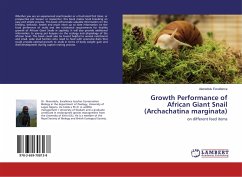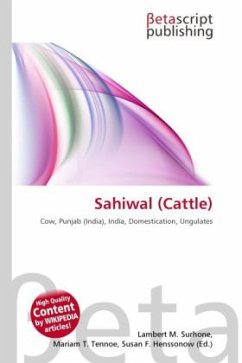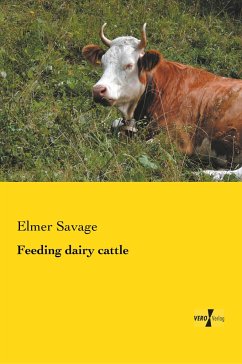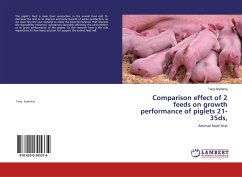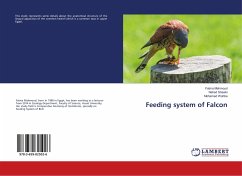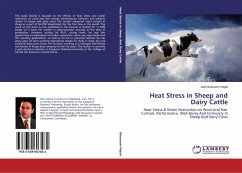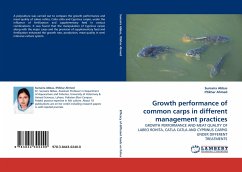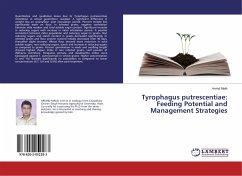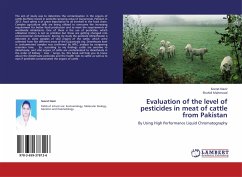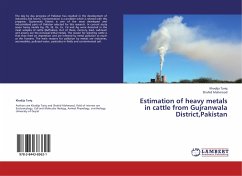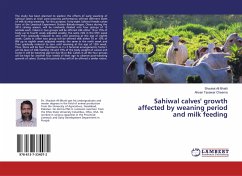
Sahiwal calves' growth affected by weaning period and milk feeding
Versandkostenfrei!
Versandfertig in 6-10 Tagen
36,99 €
inkl. MwSt.

PAYBACK Punkte
18 °P sammeln!
The study has been planned to explore the effects of early weaning of Sahiwal calves at their post-weaning performance offered different levels of milk during weaning. For this purpose, forty-eight Sahiwal female calves born at the Livestock Experiment Station Bahadurnagar, Okara during the 2012 calving season, will be randomly divided into four groups of 12 animals each. Calves in two groups will be offered milk either 10 or 15% of body up to fourth week adjusted weekly; the same milk in the fifth week and then gradually reduced to zero until weaning at the age of eighth week. Calves in other...
The study has been planned to explore the effects of early weaning of Sahiwal calves at their post-weaning performance offered different levels of milk during weaning. For this purpose, forty-eight Sahiwal female calves born at the Livestock Experiment Station Bahadurnagar, Okara during the 2012 calving season, will be randomly divided into four groups of 12 animals each. Calves in two groups will be offered milk either 10 or 15% of body up to fourth week adjusted weekly; the same milk in the fifth week and then gradually reduced to zero until weaning at the age of eighth week. Calves in other two group will be offered milk either 10 or 15% of BW up to eighth week adjusted weekly; the same in the ninth week and then gradually reduced to zero until weaning at the age of 12th week. Thus, there will be four treatments in 2 x 2 factorial arrangements; factor I will be level of milk feeding (10 and 15% of the body weight of calves) and factor II will be weaning age (at day 56 or 84). Calves in all the four groups will be kept for another four weeks of their age to observe post-weaning growth of calves. During this period they will all be offered a similar ration.



